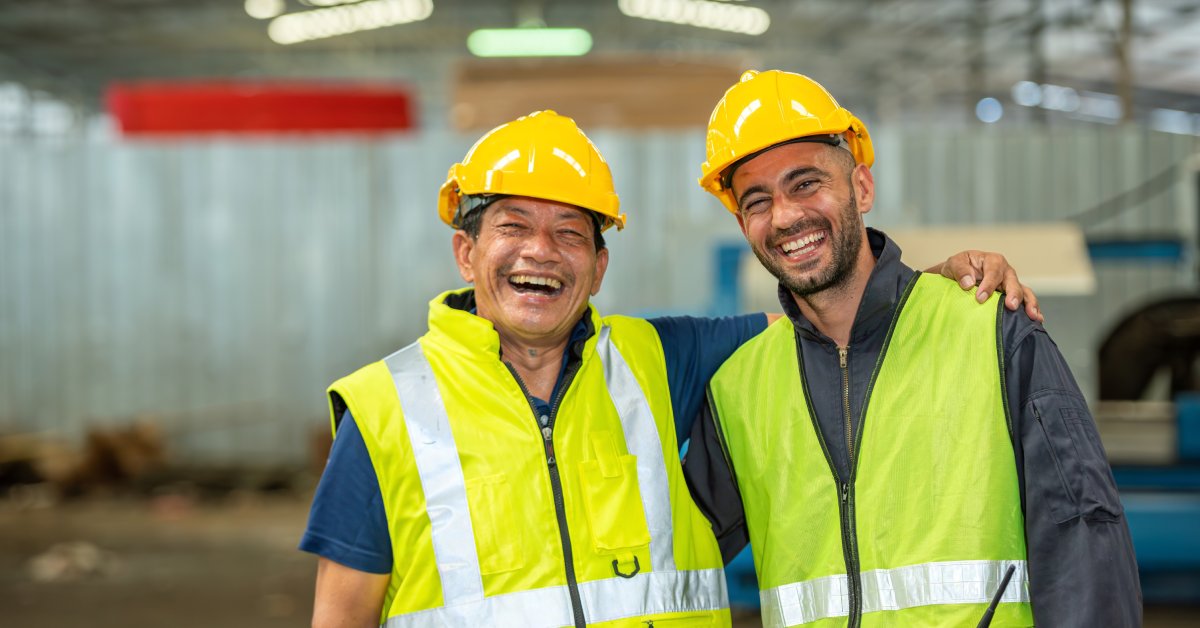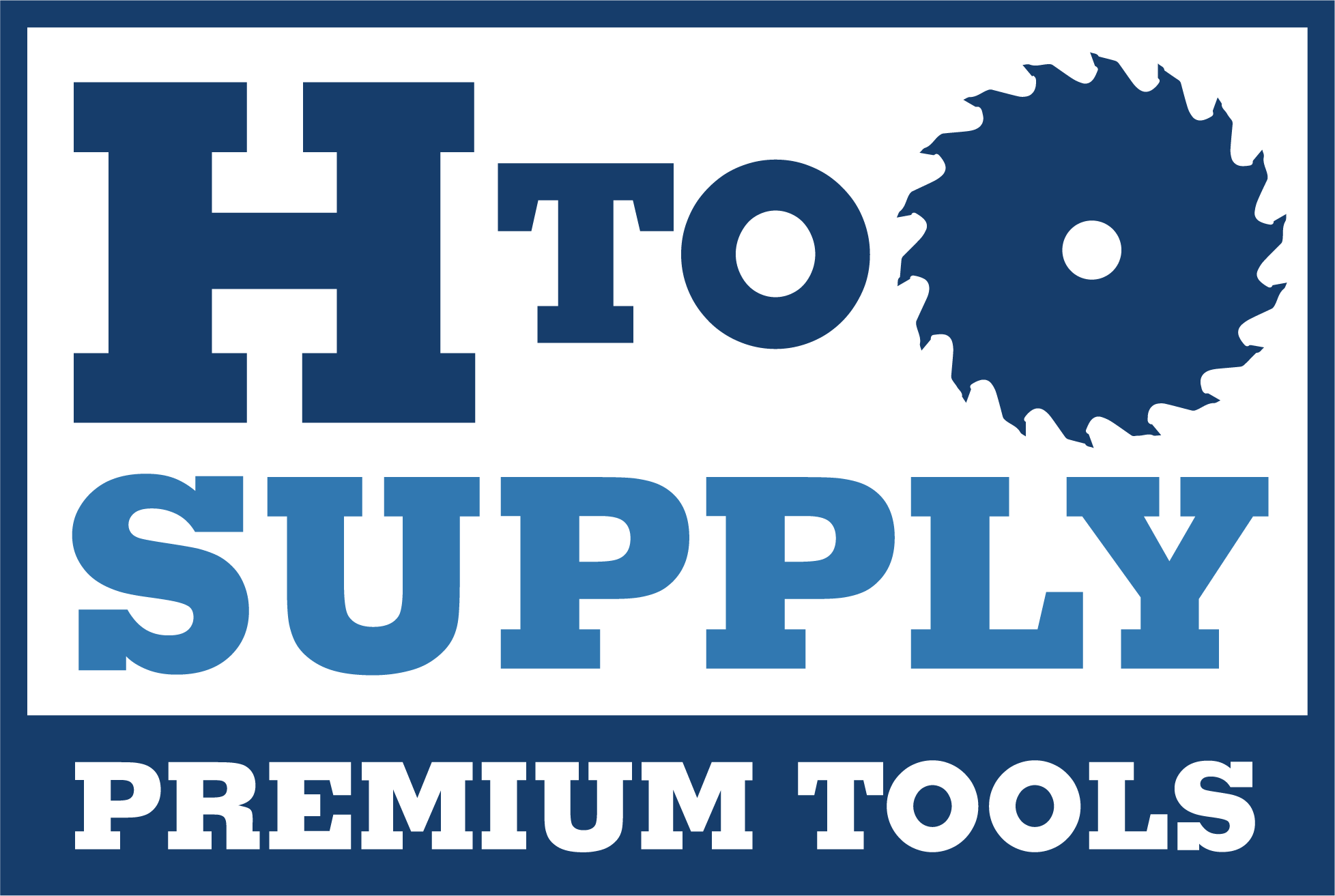What To Consider When Choosing a Safety Hard Hat

Selecting the right safety hard hat is crucial for protecting yourself on the job. Whether you’re working in construction, manufacturing, or another industry that involves potential falling objects or impacts, a hard hat is one of the most important pieces of personal protective equipment (PPE) you’ll rely on daily. With so many options available, it’s important to know what to consider when choosing a safety hard hat so you can pick the one that’s right for your needs and industry.
Type of Protection Needed
Different hard hats can shield against specific hazards, such as falling objects, electrical arcs, lateral impacts, or head contact with stationary objects. For example, construction sites may demand hard hats that protect against falling debris, while electrical work requires protection against high-voltage exposure. Based on your job conditions, you can then choose the right hard hat.
Hard Hat Class
Familiarize yourself with the American National Standards Institute (ANSI) classifications to choose the right hard hat for your work environment. Hard hats are categorized into three classes based on the type of protection they provide:
- Class G (General): These hard hats protect against impact and penetration and offer low electrical protection up to 2,200 volts.
- Class E (Electrical): Hats under this designation are made for high levels of electrical protection, up to 20,000 volts, making them essential for electrical or utility workers.
- Class C (Conductive): Hard hats under Class C offer no electrical protection but instead focus on lightweight comfort and impact resistance.
Adjustable Suspension System
Look for a hard hat with an adjustable suspension system that allows you to customize the fit. This system helps distribute the weight of the hard hat evenly across your head, reducing pressure points and helping the hat stay securely in place during movement or physical activity. A snug, comfortable fit is especially important if you plan to wear the hard hat for extended periods.

Comfort Features
Don’t underestimate the importance of comfort. Hard hats with breathable linings or moisture-wicking materials can help you stay cool and dry, even in hot environments. Features like padded sweatbands, shock-absorbing liners, and lightweight designs can make a huge difference in your focus and productivity during long work shifts. Plus, an uncomfortable hat may lead to inconsistent use, reducing its effectiveness as a safety tool.
Material Durability
Pay close attention to the materials used in the hard hat. Common materials include polyethylene, fiberglass, and thermoplastics. Polyethylene is lightweight and cost-effective, making it suitable for most general-purpose uses.
Fiberglass is recommended in high-temperature and industrial environments due to its extreme heat resistance and high durability, while thermoplastics provide excellent chemical resistance and strength. The material you choose should align with the demands of your workplace, ensuring the hard hat can withstand the conditions you’ll face daily.
Hat Weight
The weight of your hard hat impacts comfort and functionality. While heavier hard hats may offer more robust protection, they can also cause neck strain or fatigue over time, especially during longer shifts. Lightweight materials, such as high-density polyethylene, strike a balance between durability and wearability, providing safety without added discomfort. Choose a hard hat that’s sturdy enough to protect you while remaining light enough for all-day use.
Ventilation
If you frequently work in hot or humid environments, ventilation is an important factor to consider. Many modern hard hats come with vented channels to allow airflow, keeping your head cool while maintaining safety standards. Proper ventilation can reduce heat buildup and discomfort, making it easier to focus on your work in extreme conditions without compromising your well-being.
Compatibility With Accessories
Think ahead about whether you’ll need attachments like visors, earmuffs, face shields, or headlamps. Some hard hats have built-in slots or mounts that make it easy to attach these accessories without sacrificing fit or safety. For jobs that require enhanced functionality, such as welding or night work, compatibility with accessories improves your efficiency and protection on the job.
Electrical Hazard Resistance
For roles that involve exposure to electricity, you must choose a hard hat rated for electrical hazard protection. These hats provide insulation and safeguard against voltage up to ANSI-rated thresholds, protecting you from potentially fatal shocks. Always verify the electrical resistance rating to ensure it meets your job’s safety standards.
Visibility
If you work in low-light conditions, high-traffic areas, or near moving equipment, visibility features are a key consideration. Hard hats with high-visibility colors like orange, yellow, or lime green enhance your visibility to others on the worksite. Reflective strips or decals can further increase visibility in dim or nighttime environments, reducing the risk of accidents caused by poor visibility.

Head Size and Shape
Not all hard hats fit the same way, so the one you choose must be compatible with your head size and shape. Many manufacturers offer adjustable designs and multiple size options to accommodate various head shapes and sizes. Adjust your hard hat properly for a secure and comfortable fit to maximize safety and wearability.
Compliance With Standards
Safety certifications are a nonnegotiable factor when selecting a hard hat. In the United States, ANSI Z89.1 is the standard for hard hats, confirming that the product has been rigorously tested for impact resistance, penetration resistance, and electrical insulation. Always check that the hard hat you purchase meets the necessary safety standards for your industry.
Replacement Indicators
Some hard hats feature built-in replacement indicators, such as color-changing strips, which alert you when the material has degraded and the hard hat no longer provides adequate protection. These indicators are particularly helpful in environments with harsh conditions.
Cost and Durability
While cost is always a consideration, you should prioritize safety and durability over price alone. A high-quality hard hat may cost more upfront, but it offers better protection, durability, and comfort, making it a worthwhile investment in the long run.
Your safety on the job starts with the right protective gear, and that means knowing what to consider when choosing a safety hard hat. By understanding the features and options available, you can purchase a hard hat tailored to your unique job requirements.
Take into account comfort, material quality, compliance standards, and the specific hazards you face to make a choice that prioritizes your well-being. When you choose the right head protection with the help of H To O Supply, you’re taking an active step toward staying safe and productive every day.

Recent Comments